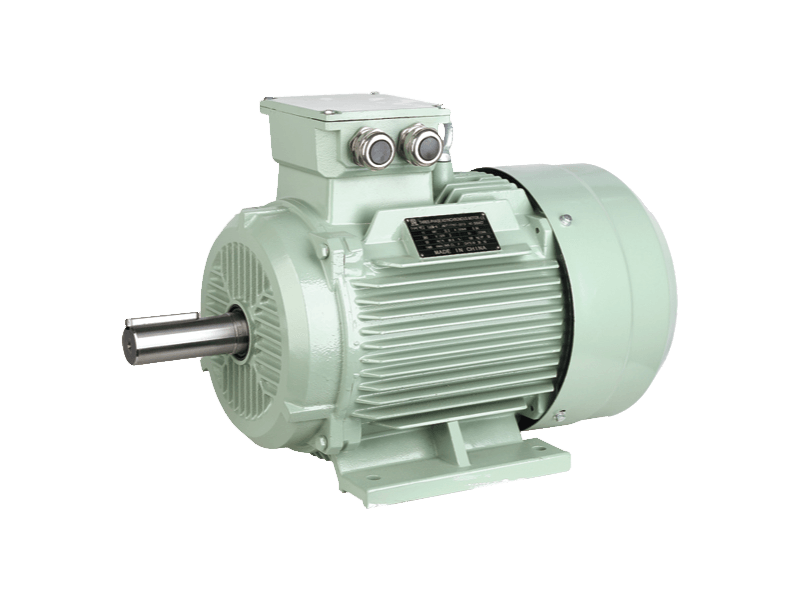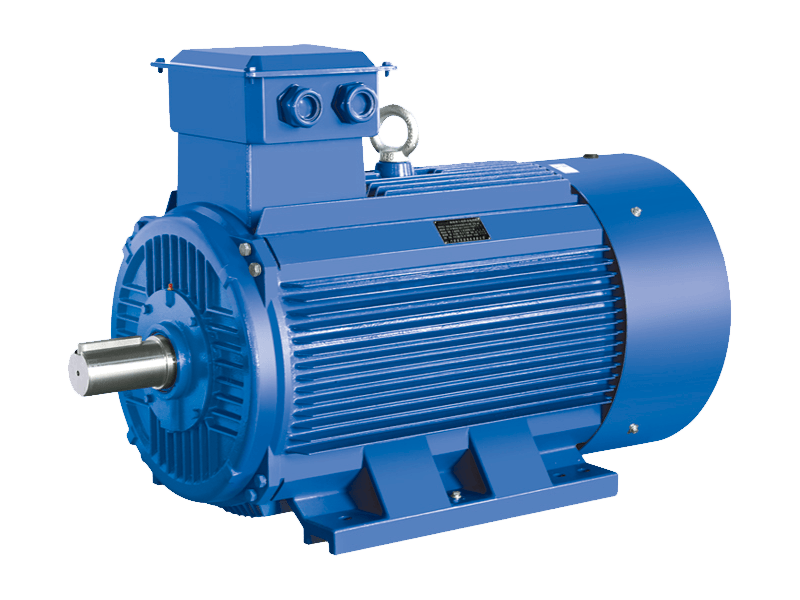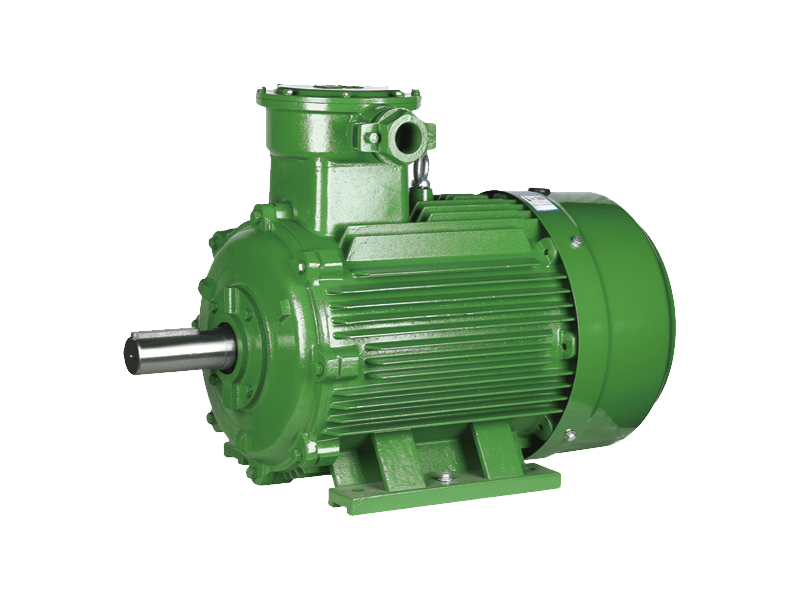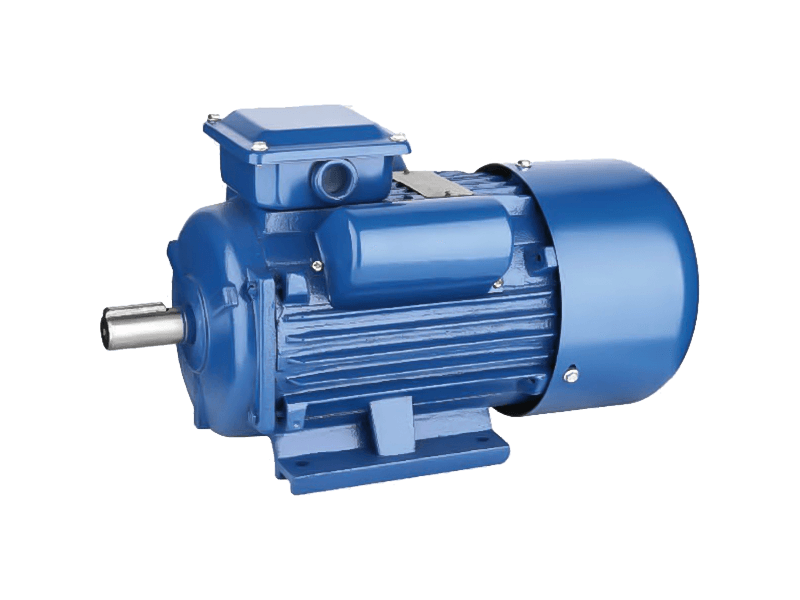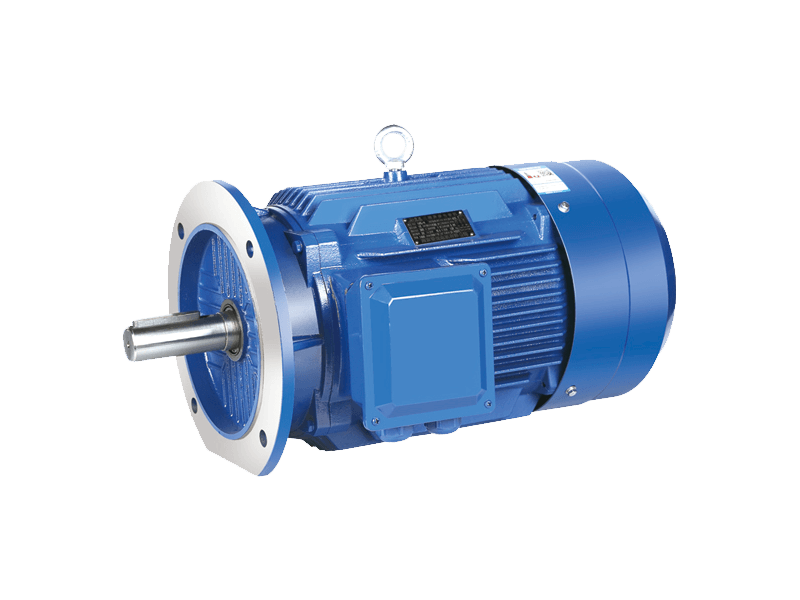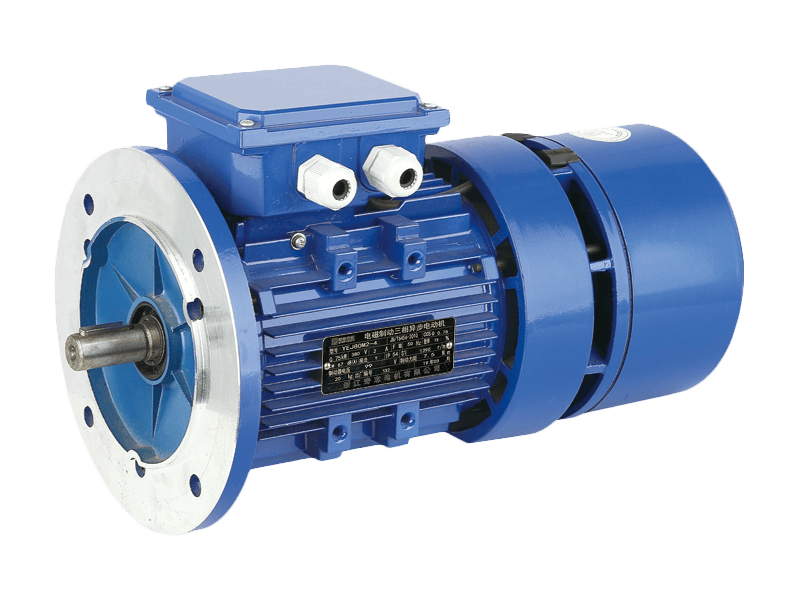AC motors are a viable power source for a wide range of applications because of their high efficiency and ability to produce constant torque up to the rated speed. This makes them an excellent choice for many applications including pumps, food and beverage equipment and material handling products such as packaging equipment.
The AC motor works by converting alternating current (AC) into mechanical energy using electromagnetic induction. The two most important parts of the AC motor are the stationary stator and the rotating rotor.
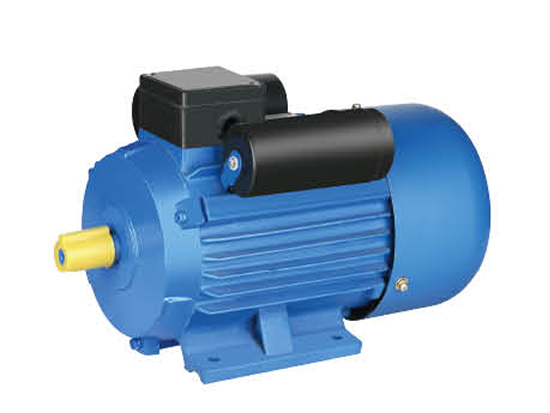
Stator Windings
A stator winding is a stack of windings made of insulated wire that create a magnetic field in the stator. These wires are arranged in a cylinder shape called the stator core.
Rotor Wires
The rotor conductors are made of copper. When a current is applied to these conductors, they will form a magnetizing field that attracts the coils of the stator.
Rotor Laminations
The laminated stator core of an AC motor is designed to reduce energy loss. The laminations are placed between the windings to minimize the amount of energy lost in each winding.
Rotor Slip Rings
The slip rings of the rotor windings connect to brushes and a variable speed resistor on the output shaft. These rotor components provide the control of the speed and torque in an AC motor.
Polyphase Motors
A polyphase motor is a type of AC motor that can be either two or three phase. The stator poles in a polyphase system are not aligned with each other, so that the rotor passes by each pole at a different time. This allows for greater speed and torque than a single phase motor.


